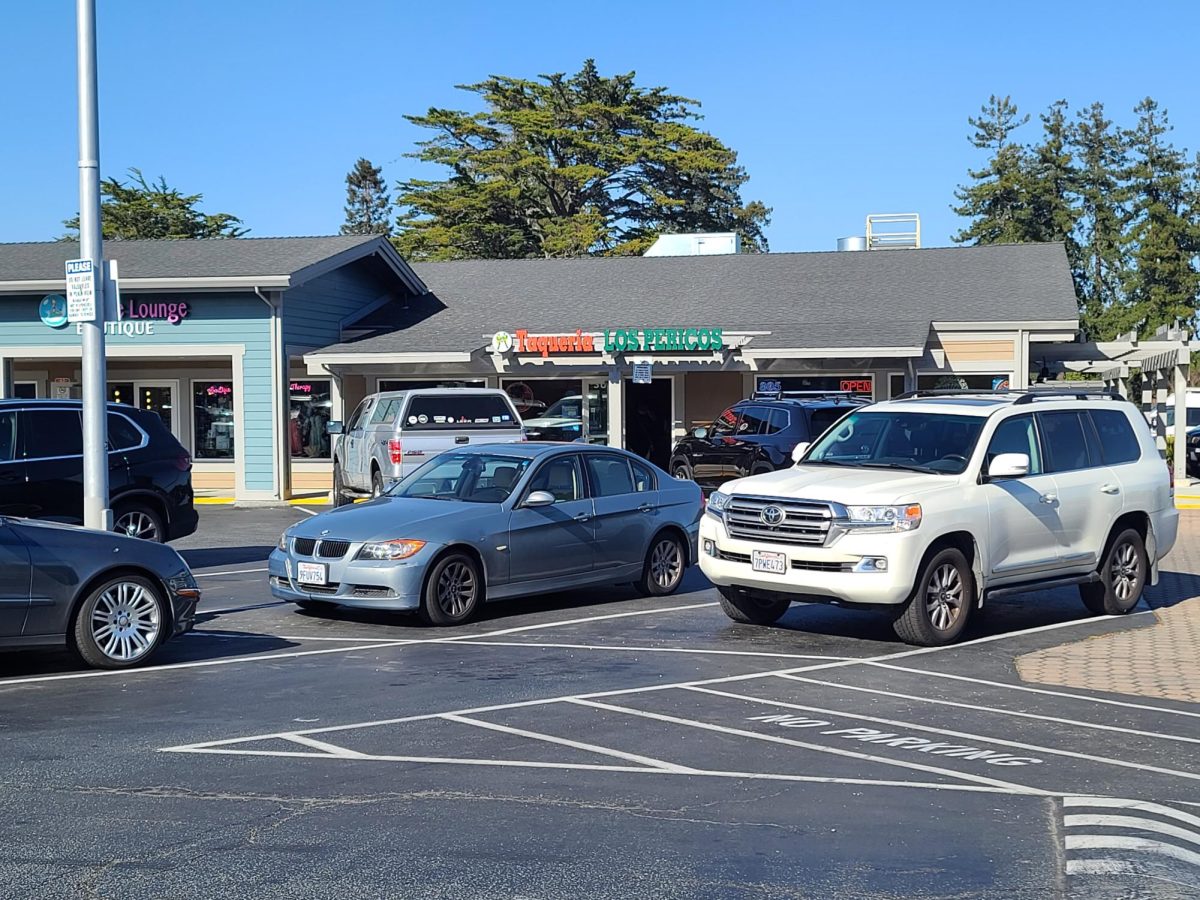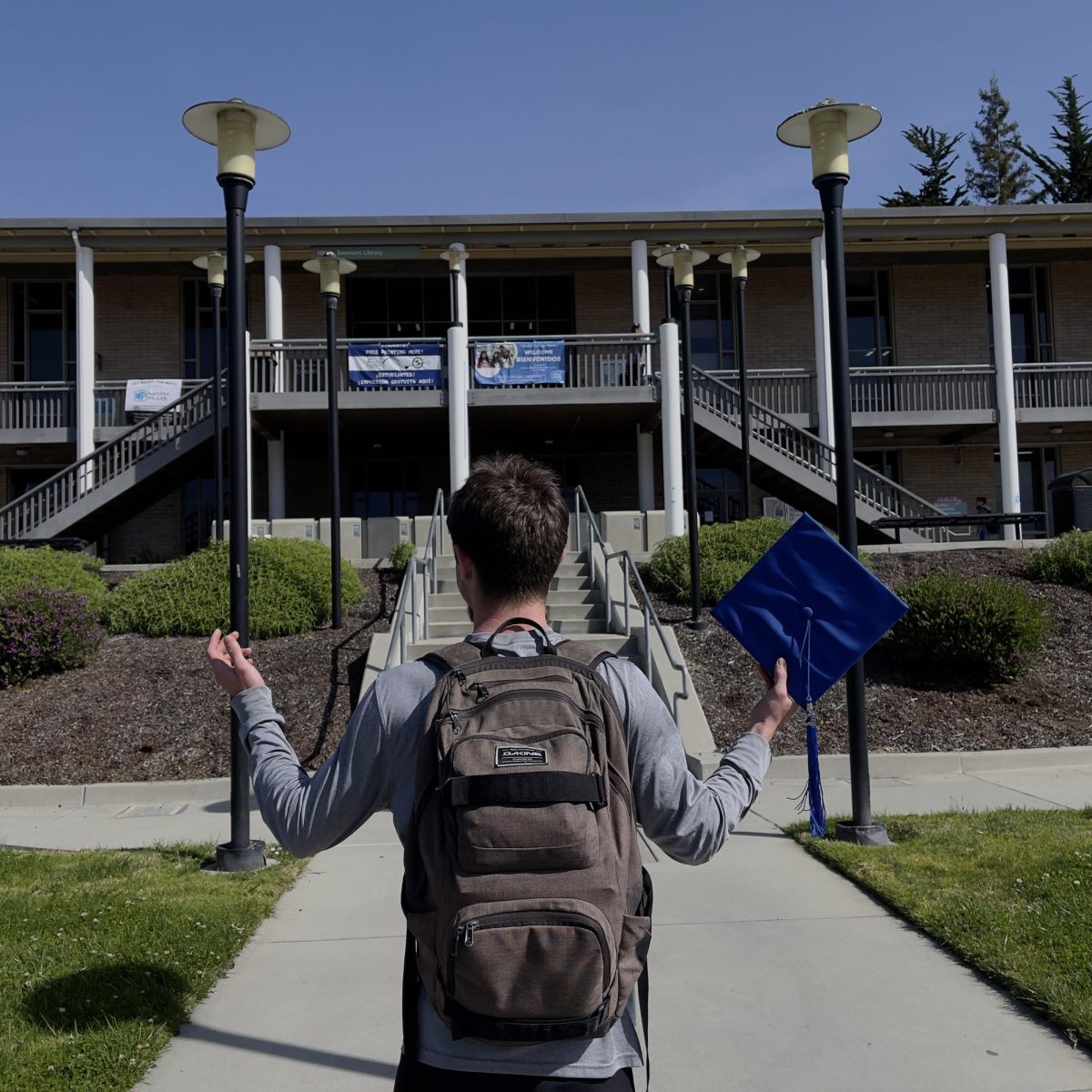Measure M is one of the most hotly contested local issues on the November ballot, with campaign signs visible on nearly every residential block. The measure would establish rent control in the city of Santa Cruz, limiting unreasonable rent hikes. It would also protect tenants from eviction outside of cases of misconduct. Single family houses, condos, and any residence constructed after 1995 would be exempt from rent control.
While I am predisposed to support a move to make housing affordable for working people, I wanted to hear what the other side had to say, and address those concerns directly. For this editorial, I spent some time investigating the opposition to Measure M, whether in local publications or on social media.
If you listen to opinions on Measure M, you’ll notice that the arguments fall into two categories. One argument, quite reasonably, questions details like fiscal concerns or perceived bureaucratic nature of the rent board.
But many voices on social media have also taken a broader, more destructive position, with an argument that boils down to: “If you can’t afford to live here, move somewhere else.” This view is not only arrogant, but corrosive to the very fabric of what makes Santa Cruz not only unique, but functional.
The Details
For those who take issue with the cost or the specifics of Measure M, consider the alternative. Right now, the choice is between voting yes on Measure M and doing nothing (outside of Measure H, which would help in the long-term, but do little to stem the crisis immediately).
When someone argues that Measure M is too expensive, they ignore the cost of inaction. Instead of just considering the cost to landlords and the direct costs to the city from the measure, take note of the broader cost of the housing crisis. Beyond high rents, this also includes the cost of commuting for workers like nurses, teachers, and restaurant workers, without which the city couldn’t function.
Also, consider the costs to the city in homeless services and support for residents spending a disproportionate amount of their income on rent. The city and country spend hundreds of thousands of dollars each year on homeless services, including everything from shelters, to drug recovery, to job training programs.
While Measure M would certainly not end homelessness in Santa Cruz, there’s no questioning the connection between rising housing costs and homelessness.
And this being 2018, misinformation is also playing a role in opposition to Measure M. Many on social media are claiming that the rent board in charge of implementing rent control is unelected and unaccountable. Yet, right in the text of Measure M, you’ll see that it calls for a “separately elected and autonomous rent board.”
The Big Picture
While it’s reasonable to take issue with the costs, economic impacts, and fine print of the measure, the broader arguments against the measure raise bigger questions. It’s clear that some residents are comfortable with Santa Cruz being a city in which only the wealthy can afford to live.
While this argument is ethically problematic in general, it fails to consider what makes Santa Cruz unique and attractive in the first place. There are plenty of cities along the California coast that are exclusively for the wealthy, but I would not want Santa Cruz to look exactly like those places.
For these hardliners, the right of landlords to charge any amount they want is unimpeachable, while the right to affordable housing is a non-consideration. This market fundamentalism fails to account for the fact that we regulate the market constantly to have a functioning society. For some companies, it might be profitable to pollute our air and water, but by and large we agree that regulations are necessary to ensure that they don’t.
Rent control does not prevent rent increases altogether, nor does it stop landlords from making a healthy profit on rentals. It simply prevents unreasonable increases that cause wholesale displacement of long-time residents of low and moderate income. It’s a sign of the victory of right-wing ideology that such a common sense concept is considered threatening or unnatural.
A city based on tourism cannot function without low-income service workers, not to mention moderate income workers like nurses and teachers. Rents are increasingly making Santa Cruz inaccessible for both groups. Who will staff the hospitals, restaurants, and schools, if the closest place those workers can afford to live involves an hour-long commute through brutal traffic?
Most people, certainly in Santa Cruz, agree there should be a minimum wage. Affordable housing is another essential component of middle-class life. Workers spending between a half and three quarters of their income on rent are certainly not saving up to own a home (federal guidelines suggest that spending about a third qualifies as affordable housing). For that matter, they are less able to save up to send the next generation to college.
This vicious cycle is at the heart of the decline of the American middle class. While some parts of the country may be resigned to this, Santa Cruz has long prided itself on not following the rest of the country on its decades-long lurch to the right. This is why voters should approve Measure M.







